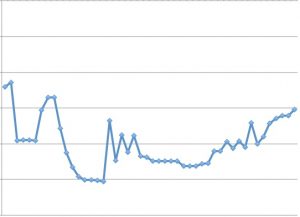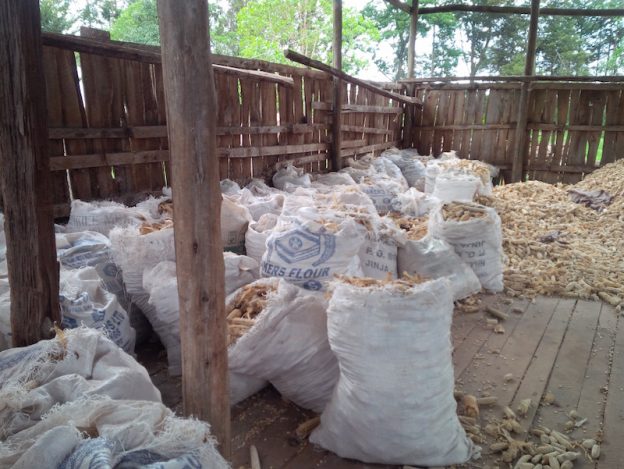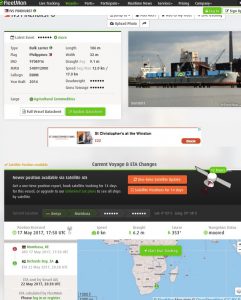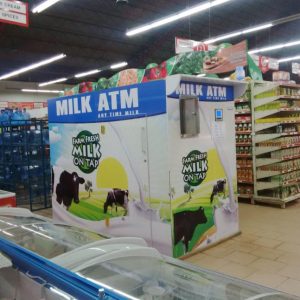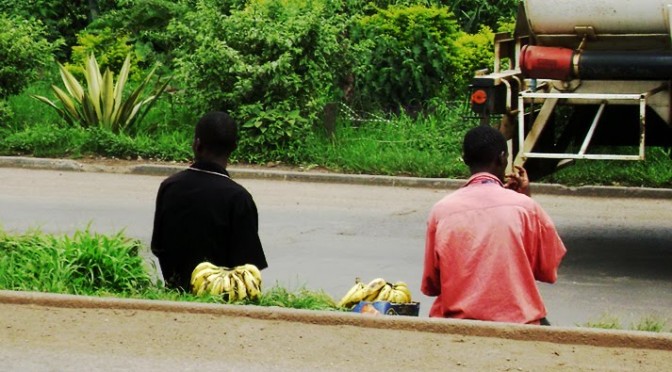Dear @KTNKenya and @ntvkenya clearly one of you or both of you are not telling the truth. Please consult and get back to us. 😡😡 pic.twitter.com/tj2tOUy9oY
— Kenyan Facts 🇰🇪 (@KResearcher) July 23, 2018
It has also tricked into crackdowns, indictments, arrests, and parallel investigations by the Police, tax authorities, parliamentary committees and food safety regulators that has seen queries about tons of goods including sugar, fertilizer, animal feed, building materials, alcoholic spirits, (refilled) LPG gas, auto spares, and sports shoes among other common items – with confiscations at the Mombasa Port, airports like Eldoret and bazaars and shops in Nairobi which have resulted in some demonstrations by business traders.
On to the index.
More expensive
Staple Food: A 2 Kg pack of Unga is Kshs 98 today. Last year, it was at a government-subsidized price of Kshs 90. In 2013 it was 104, and ten years ago, an Unga pack was Kshs 73.
Beer/Entertainment: A bottle of Tusker beer is Kshs 230 at the local pub. Five years ago a beer was 200, and ten years ago a beer was Kshs 130. Just a few months ago, during a tour of Kenya Breweries, the managers said that, based on the recommended retail price of Kshs 140 for a bottle of Tusker, Kshs 84 was tax, Kshs 23 goes to the distribution chain and just Kshs 33 was for them as a company to produce the beer at profit and to pay its shareholders.
Electricity: A chart of domestic prepaid electricity purchases shows that electricity was at its lowest in May 2015, and its highest in July 2015 and now in July 2018. One observation is that pre-paid power purchases no longer fluctuate. At the beginning of the month, one used to get 40 or even 50 units for Kshs 500 ($5), but now that amount only realizes 22 units and the pre-paid meters issue a (low-token )beep warning the whole month – and power tokens seems to exhaust a lot faster (because the units are less initially)
Other Food Item: Mumias, which used to be part of the index, was Kenya’s sugar industry bellwether – a diversified company that also produced ethanol and electricity and whose shares were once offered to the new investors at Kshs 49 per share. but which now trades at less than a shilling (Kshs 0.70) today. But Mumias now has no stocks on supermarket shelves as production was halted due to a lack of cane and long pending bills owed to farmers. A 2 kg pack of Mara, a competing sugar brand, is Kshs 298. A year ago, a bag of Chemelil sugar was 290, and five years ago Mumias sugar was 250, while ten years ago, a Mumias pack cost Kshs 145.
About the same
Fuel: Earlier this month, the ERC raised the price of petrol by 3 shillings – so in Nairobi a litre of petrol now costs Kshs 112.2 (approximately $5 per gallon). Last year a litre of petrol was Kshs 97.1, five years ago it was Kshs 109.52, and ten years ago it was Kshs 101.50 per litre. But from September 1 2018, Value Added Tax (VAT) which is 16% is expected to be added back to the cost of fuel.
Finance: Bank loans are 14.%, and have remained so ever since the introduction of interest capping in 2016. But the law is set to be adjusted this year by the government, in spite of opposition from parliamentarians who had passed the cap law. Also, average bank rates were 17% in July 2013.
Communication: Not much has changed in terms of phone rates over the last few years. At Safaricom which had (March) 2018 revenue of Kshs 224 billion, 40% of that was from voice, 28% from payments (such as M-Pesa), and 16% from data while SMS accounted for 8% of revenue. The cost of making mobile payments went up slightly in this year’s budget with a tweak in the excise tax on money transfers, and a charge on large bank transfers that has since been temporarily suspended by a Court.
Dear Customer, effective 1st July 2018, we have revised our excise duty as below. pic.twitter.com/r44GYmgj9j
— Equity Bank Kenya (@KeEquityBank) July 1, 2018
Foreign Exchange: 1 US $ equals Kshs 100,75, while a year ago it was Kshs. 103.9. Five years ago it was 87.15 and ten years ago the dollar exchanged at Kshs 67.4. Also ten years ago the Euro was at 101, the Rand 8.9 and the Sterling Pound 125, while today the Euro is at Kshs 117, the Rand at Kshs 7.4 and the Pound at Kshs 133.
Other Energy Source: An LPG gas cylinder at Kenol is Kshs 2,250 this month. A year ago (in March) it was 2,030 and six years ago (2012) it was 3,000.
Less Expensive
Nothing really
Share this inflation index if you agree with the perceptions about what has become more or less expensive over the years.
If it were all left up to you, how would you improve the urban inflation index?
